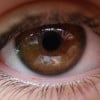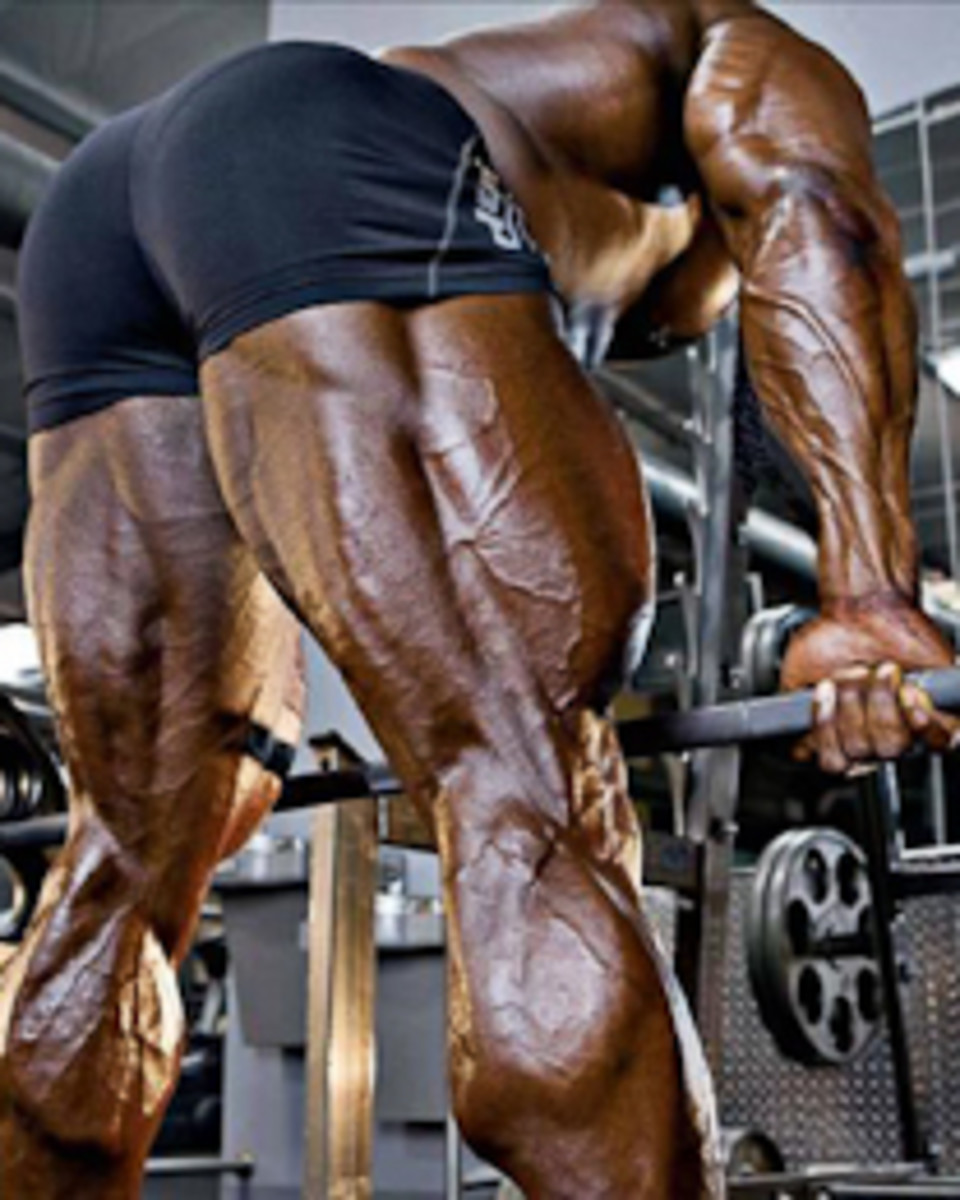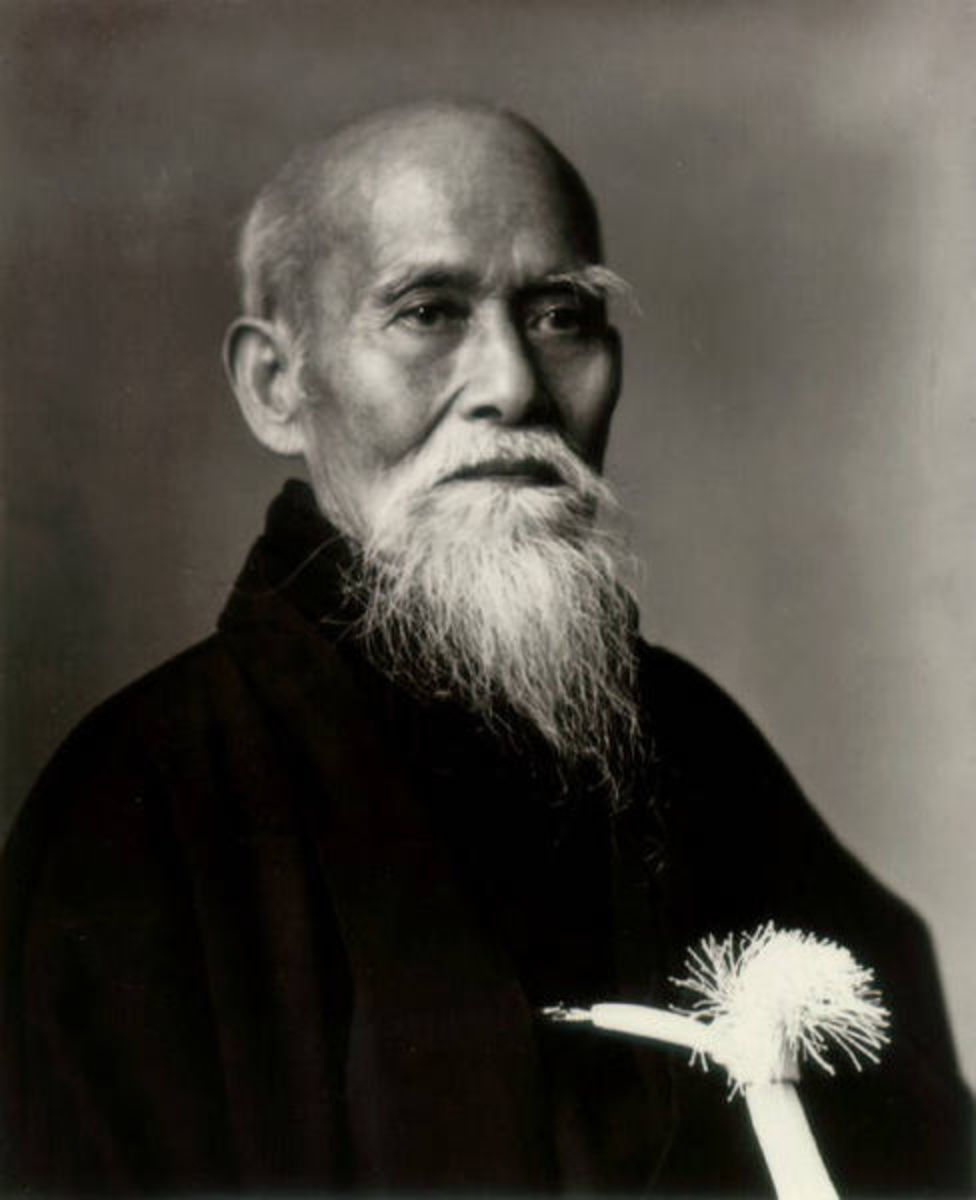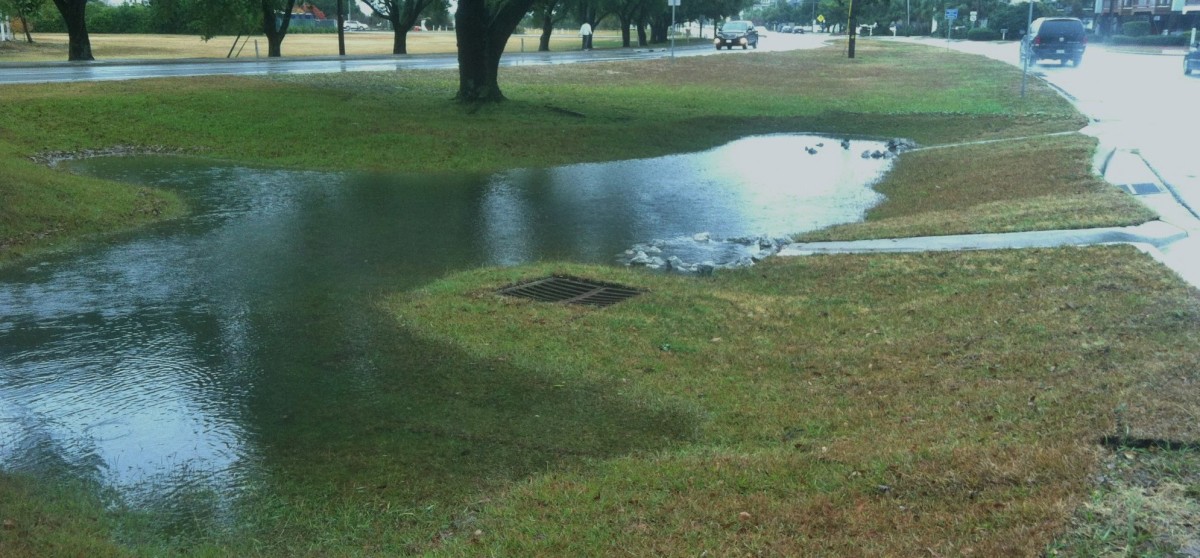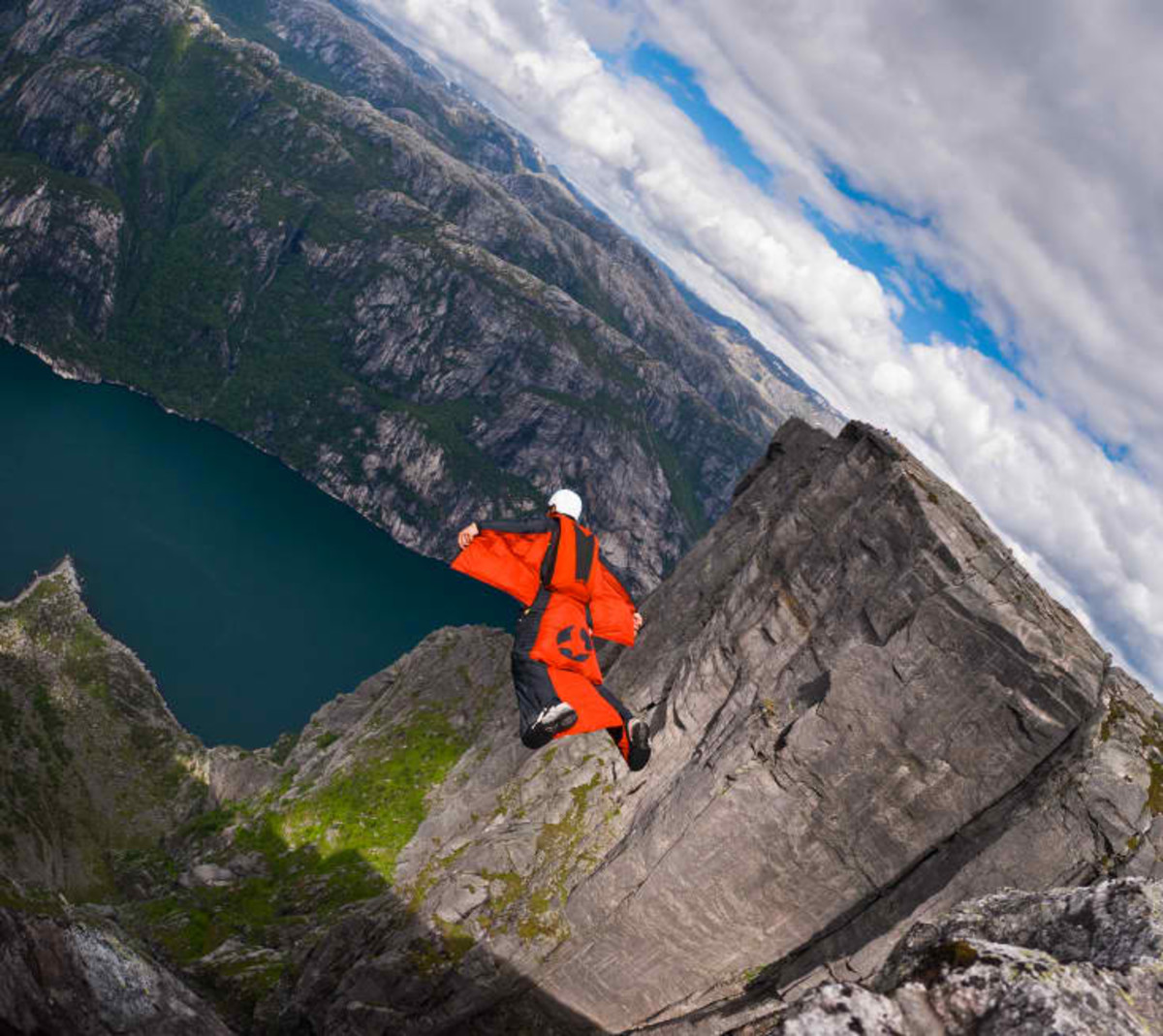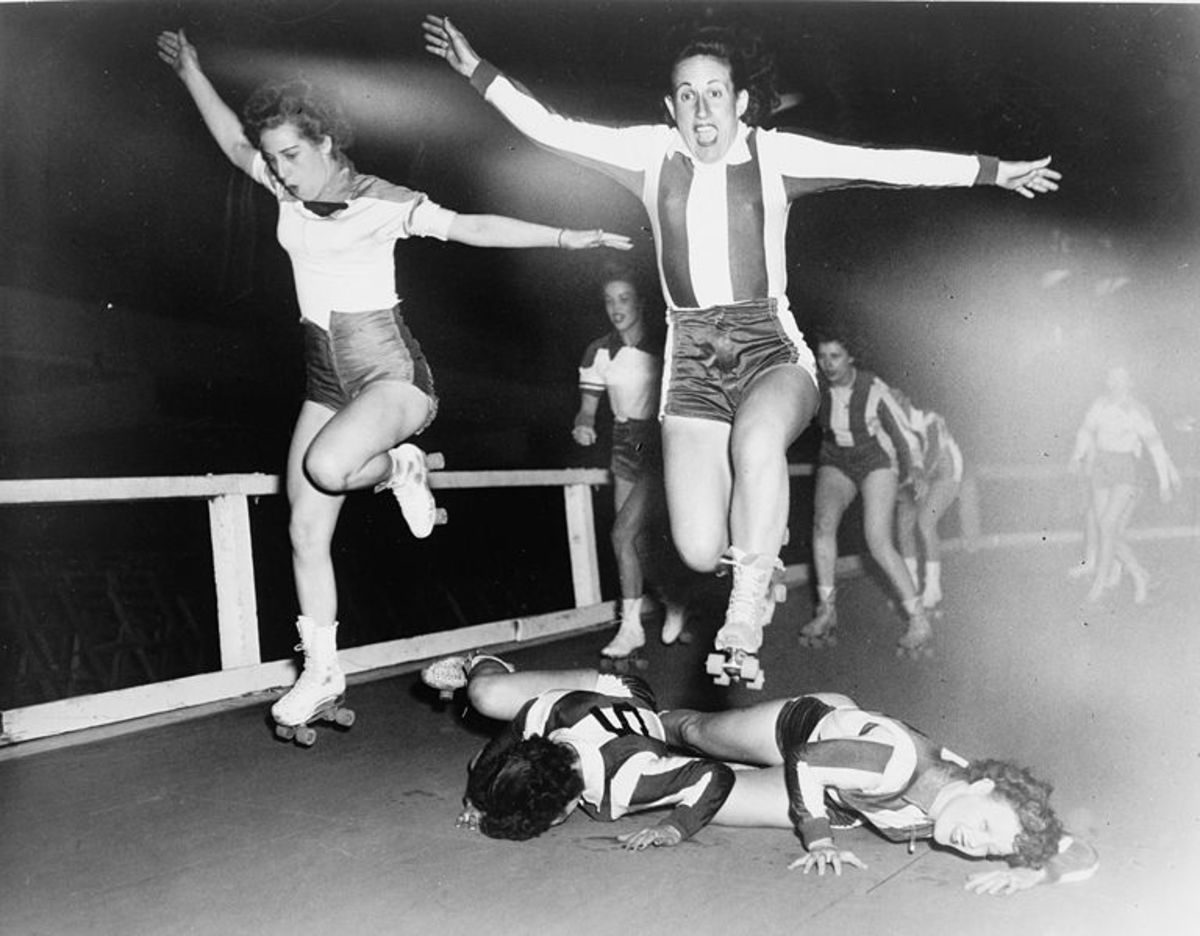Information on: Parkour and Free Running
The first Barclaycard Free Running World championship was held in London in 2008. But what is Free Running? Well Free Running is derived from Parkour. Okay, what's Parkour and how is it different to Free Running? Read on . . .
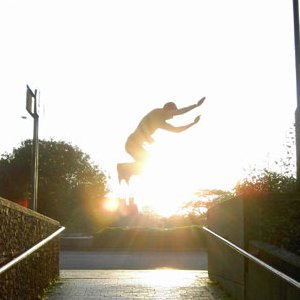
What is Parkour?
Parkour is not just about movement. It’s about moving through an environment (natural or urban) as smoothly, efficiently and quickly as possible. It involves walking, running, jumping, crawling, climbing and balancing. It is about interacting with the environment as you move fluidly through it, overcoming obstacles as you go.
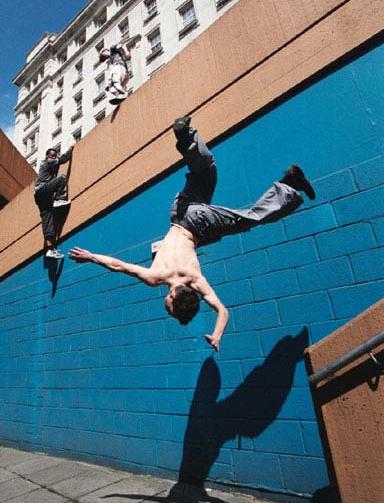
What is free running?
Free running is an offshoot of Parkour. It too is about movement, but the emphasis is on creative movement rather than efficient movement.
Free runners use the same types of movement as in Parkour, but with the addition of tricks and stunts, giving free running an aesthetic element.
So depending on who you talk to free running is either a different form of Parkour or it is not strictly Parkour at all, but more of a close cousin.
Parkour is of French origin and dates back to the turn of the century. But how did Parkour develop?
Barclaycard Free Running World Championship 2009
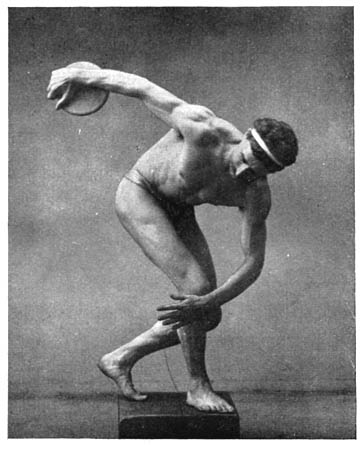
The grandfather of Parkour
In 1902 French naval officer George Hébert served on the island of St. Pierre in Martinique.
Hébert noticed the physical fitness of the local inhabitants, which was the result of their natural lives rather than any physical training.
In the same year the volcano on Mount Pelée erupted. Hébert was one of the military rescuers who helped evacuate several hundred people.
The eruption devastated the port of Saint-Pierre and 40,000 people were buried beneath red hot ash and lava in a matter of minutes.
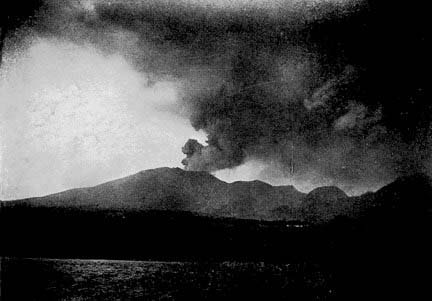
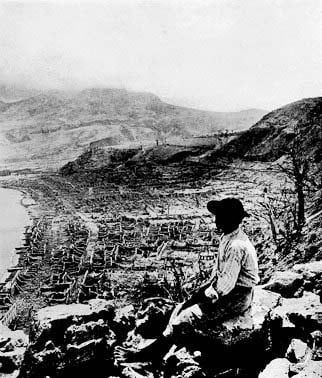
The experience affected Hébert profoundly. He felt he might have been able to save more people if he had been stronger and faster. This lead to what would become his ethos: "être fort pour être utile" (“be strong to be useful”). He believed that physical ability and strength should be combined with positive attitudes of social conscience and altruism.
Observing the natural fitness of indigenous peoples in areas of Africa, Hébert developed his own method of physical fitness training based on natural activities rather than those geared towards competitions.
He envisioned the development of physical fitness by means of a course (parcours):
"...during which, one walks, one runs, one jumps, one progresses quadrupedally, one climbs, one walks in unstable balance, one raises and one carries, one throws..." (Georges Hébert - methode naturelle)
The key difference compared with other systems like gymnastics was that Hébert suggested the course be the natural environment or a specially made environment which emulated natural obstacles.
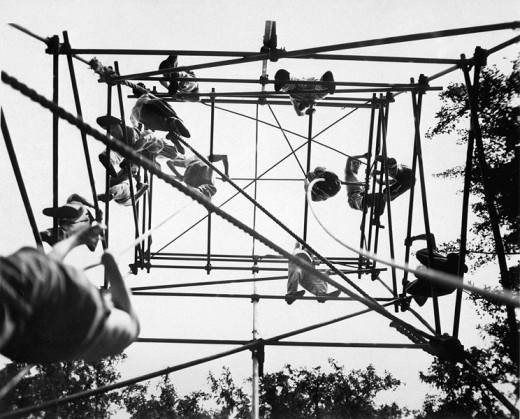
The focus was not on a particular activity, but on all the activities being performed spontaneously depending on the requirements of the environment. Hébert was one of the first advocates of this kind of obstacle course training.
Hébert's natural method was also about the application of fitness in the world, introducing a moral element to physical training which was new.
The natural method is still used for physical training today. For example MovNat is a modern natural movement coaching system based on the "methode naturalle". It shares the same philosophy and approach to physical fitness, only updated for the 21st century.
An English translation of "methode naturalle" can be found at Conditioning Research. The "Practical Guide of Physical Education (1912 Edition) by Georges Hébert" is interesting as an historical document in its own right.
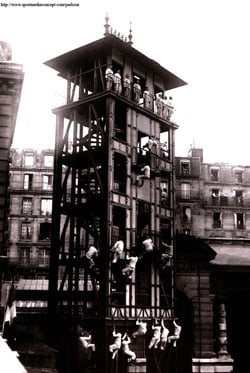
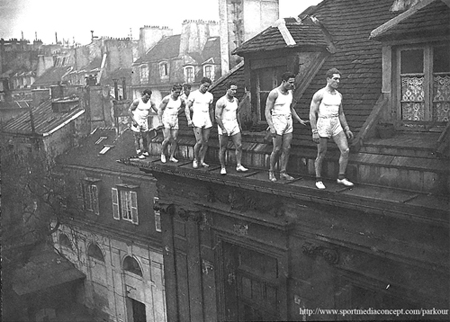
The fathers of Parkour
The fathers of Parkour are in fact father and son. Raymond Belle was a French national born in Vietnam. He was educated in the French military, and also became an acclaimed firefighter.
He won many honours for physical fitness including rope climbing, and was also honoured for rescues and acts of bravery as a fire fighter.
His exposure to the physical training method of George Hébert almost certainly came from his time in the French military in Vietnam and France.
The French military had devised a regime of obstacle course training around Hebert’s method called “parcours du combattant”.
The video below shows some early "urban gymnastics" where the environment is used as a natural obstacle course to develop strength. It is of German stuntman Arnim Dahl, but the feats he is demonstrating fit closely with Hebert's ethos of physical training and the natural method.
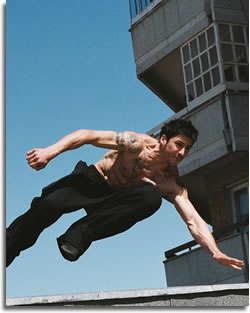
Raymond Belle’s son David Belle was heavily influenced by both the heroic stories told by his grandfather, and the achievements of his father who introduced him to Hébert's method of physical training.
David also served briefly in the fire service and French military, then moved to a commune in Lisses, a suburb of Paris.
One of the landmarks in Lisses is the climbing structure in the centre of the park, the Dame Du Lac which has become somewhat of a pilgrimage site for Parkour practitioners (traceurs).
In Lisses David found others with the same interest and passion for physical training. They formed a group called Yamakasi.
The group consisted of Yann Hnautra, Chau Belle, David Belle, Laurent Piemontesi, Sebastain Foucan, Guylain N'Guba Boyeke, Charles Perriere, Malik Diouf and Williams Belle. These individuals are widely regarded as the forefathers of Parkour, with David Belle as the protagonist.
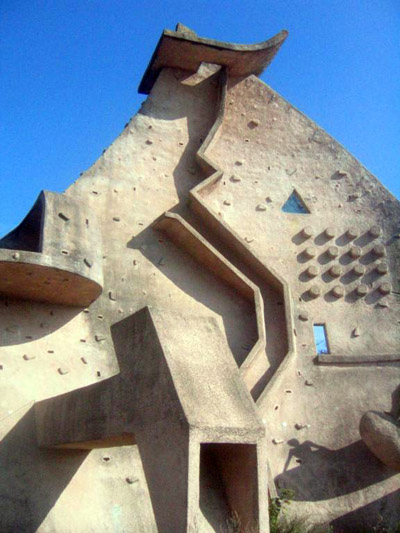
Parcours to Parkour
This completed the transition from Hébert's physical training method to what has become known as Parkour.
Parkour resembles someone fleeing for their life. It is this real life situational usefulness that formed the basis of Hébert's natural method. The same vitality of movement, in an urban setting, is the trademark of modern day Parkour.
Parkour has also inherited the philospical and spiritual root of the natural method. Yamakasi means “strong spirit, strong mind, strong body” in Lingala a Congolese dialect.
In the following interview David Belle explains Parkour and the "be strong to be useful" ethos.
Free Running - Back flip - urbanfreeflow.com
Parkour Vs Free Running
Free running is described by its proponents as doing Parkour your own way.
It is commonly associated with having an aesthetic element and is considered more expressive and creative than Parkour.
In Parkour, the form of movement is secondary to overcoming the obstacle as efficiently as possible. The back flip you see in the video would be considered inefficient as a Parkour movement.
With Free Running the form of movement can be equal to or more important than overcoming the obstacle efficiently.
The back flip in the video is not only movement, but an expressive and creative movement, which forms part of the inner development of the individual.
World Free Running Championship 2009 - Press Release
Further Reading/ Viewing - Equipment
One serious gap between Parkour and Free Running communities is the subject of sport.
Parkour is not a sport or a performance, whereas free running is developing as a spectator sport.
There is criticism of this kind of development. While it benefits those wanting to monetise Free Running, it does little to promote the spiritual and philosophical root of Free Running (Parkour) which is non-competitive and altruistic in nature.
Not everyone is happy with the competitive direction Free Running is going. Chris Rowat, aka Blane says:
". . . today we have guys with one year of training behind them taking months out with knee problems, shoulder dislocations, tendinitis... surgery to repair the body before 20 years of age. Is this a coincidence? Or is this because we are pushing too hard, too fast, trying to be the best and compare to others?" - Dilution by Chris Rowat aka Blane
The culmination of the development of free running can be seen in 2009 when the first Free Running world championship rakes place in Trafalgar Square, London.
Free Runners will be competing in front of live audience and the event will be broadcast on television. The winner will take the Free Running world championship title and a prize which has not been revealed.
Parkour and Free Running Information
- Parkour Generations | Training, Resources and Community
Parkour Generations.com | Professional Parkour and Freerunning: Services - Classes - Consulting. - Urban Freeflow
UF - Official Worldwide Freerun/Parkour Network (Facebook Page) - worldwidejam.tv
Parkour from Worldwide JAM - The global gateway to the parkour and free running community. - Canada's largest Parkour community serving Toronto and Southern Ontario
Canada's largest Parkour community serving Toronto and Southern Ontario
Common Ground
Both Parkour and Free Running have in common the idea that physical development is an aid to inner development.
Proponents of both activities talk about them as a philosophy of life rather than merely hobbies, activities or sports.
In overcoming physical obstacles creatively or efficiently the mind and body can learn to overcome all obstacles be them physical or not.
Traceurs and Free Runners alike suggest that practicing Parkour or Free Running can have a profound effect on your life and personal development.
That brings us full circle back to George Hébert whose profound reaction to an event led him to develop his natural method of physical training.
Would Hébert be pleased about the world championship? Competition wasn't as important to Hébert as usefulness. The usefulness of the competition is something he might question.
Back to the Start
But perhaps giving those living in 21st century urban environments a new form of creative expression in movement is useful in itself, especially if it leads to an inner development. In which case being strong (and creative), or finding your own "way" could be seen as being useful.
© 2009 Don W
